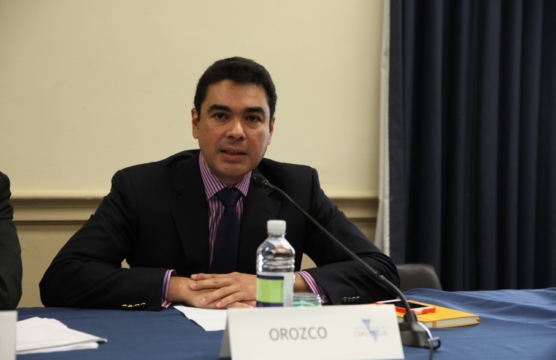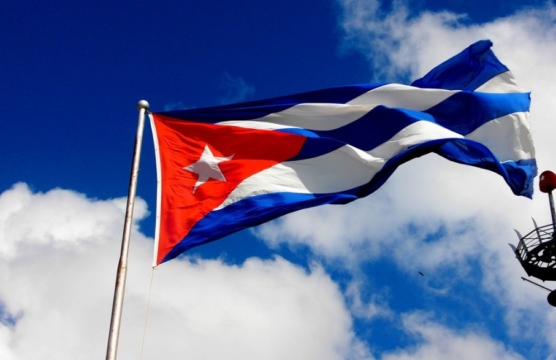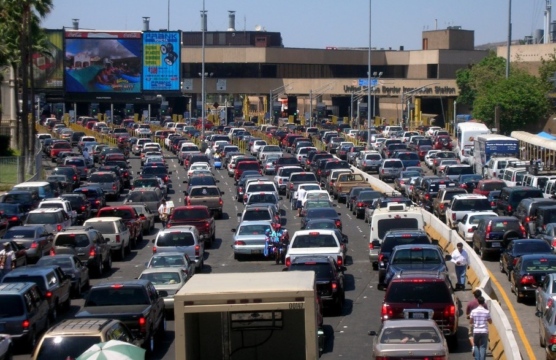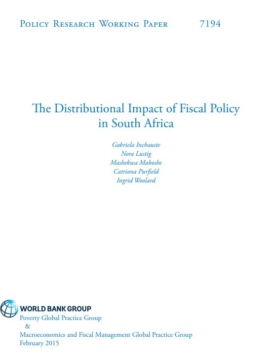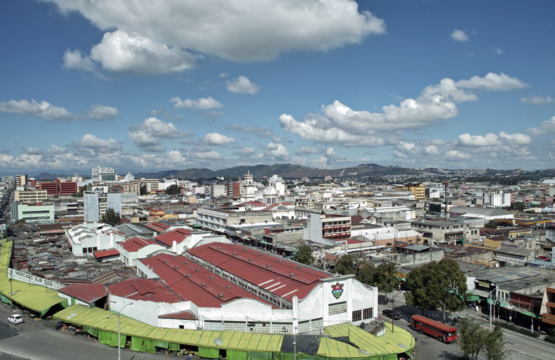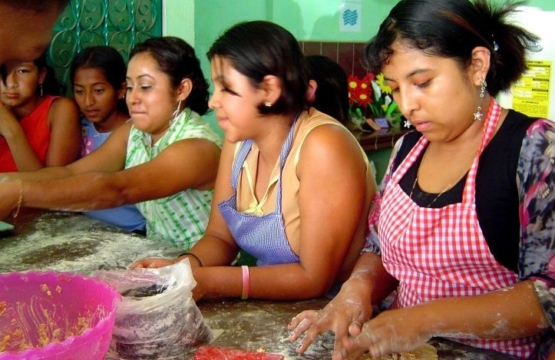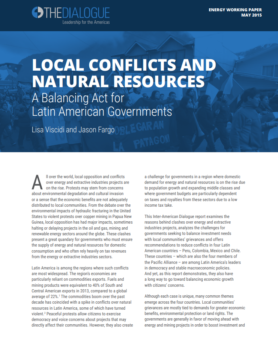
Local Conflicts & Natural Resources in Latin America
Conflicts over energy and natural resources are leading to social turmoil and posing serious challenges for investment projects all over Latin America.
Conflicts over energy and natural resources are leading to social turmoil and posing serious challenges for investment projects all over Latin America.
Conflicts over energy and natural resources are leading to social turmoil and posing serious challenges for investment projects all over Latin America. To better manage such conflicts, Latin American governments must step up their involvement in the consultation process and communicate more effectively with local communities about potential social, environmental and economic impacts, according to a new report by the Inter-American Dialogue.
High electricity costs are a critical impediment to economic growth and competitiveness in Central America and the Caribbean.
How will increasing Asian investment in Latin America influence economics and politics in the region?
The process of normalizing diplomatic relations between the US and Cuba is proceeding slowly, but holds great promise for businesses.
The surge in unconventional oil and gas production in North America has dramatically shifted energy markets in the Americas.
The surge in unconventional oil and gas production in North America has dramatically shifted energy markets in the Americas, with important implications for Latin America and the Caribbean. A new report by Lisa Viscidi, Director of the Energy, Climate Change and Extractive Industries Program at the Inter-American Dialogue, examines the factors behind rising oil demand and the growing deficit in refining capacity in Latin America, as well as the geopolitical implications of increasing US oil product exports to the region.
Despite slowing economic growth in China, the country’s banks remain a primary source of finance for certain Latin American nations.
On February 24th, the Inter-American Dialogue held its annual event on Remittances to Latin America and the Caribbean.
In 2014, remittances to Latin America and the Caribbean grew 4%, reaching at least $62.3 billion.
Will sticking points derail the thaw between Washington and Havana?
How will the change affect the countries’ trade relationship? What will be the economic impact in the United States and Mexico?
This paper, published uses the 2010/11 Income and Expenditure Survey for South Africa to analyze the progressivity of the main tax and social spending programs and quantify their impact on poverty and inequality.
Remittances can build prosperity, rather than simply sustain survival, in communities throughout Central America.
Fieldwork and regular engagement with remittance recipient households show that remittances are fungible
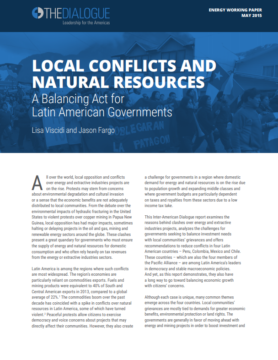
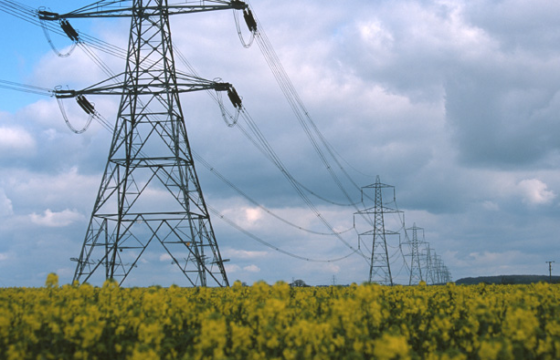 Video
Video
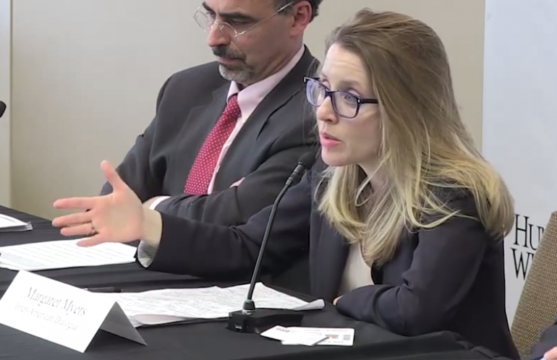 Video
Video

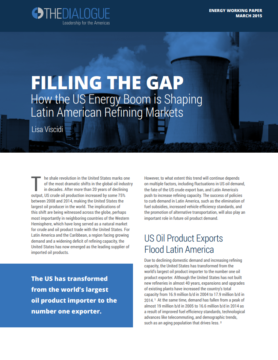
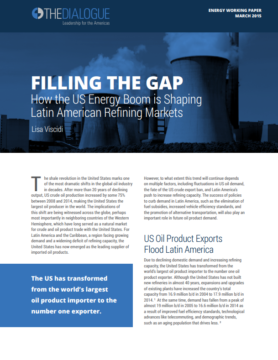
 Video
Video
